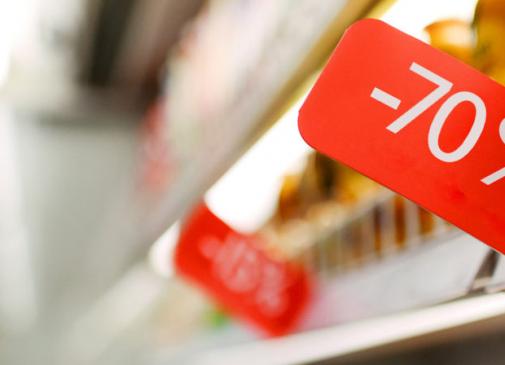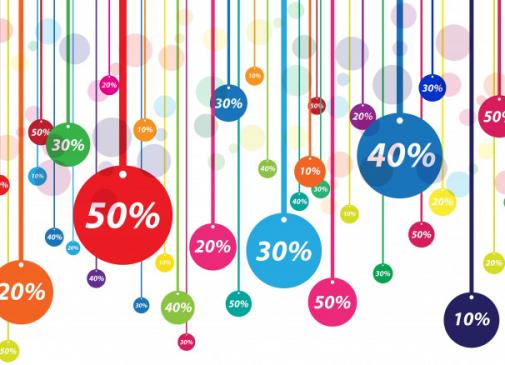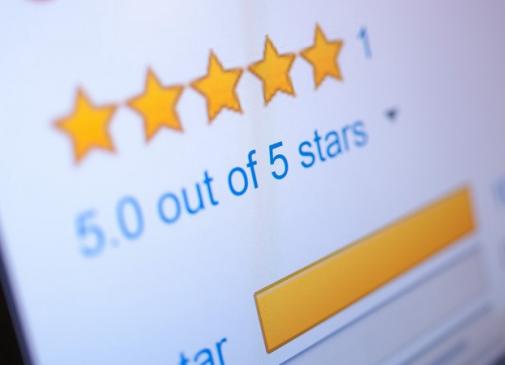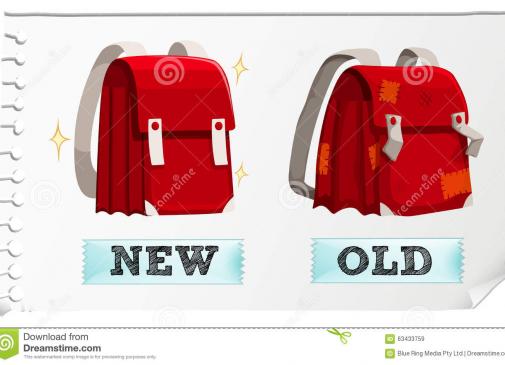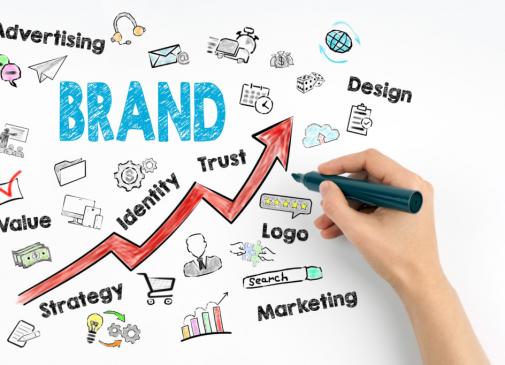The mix of digital technologies, consumer expectations and socio-economic changes affects shoppers' behaviours, which has its implications for suppliers, manufacturers and retailers. It is high time to shift gears. While new technologies have never lost their appeal to customers, the majority of shoppers want service. Consequently, retailers need to revamp their marketing strategies. Of course, they have to keep themselves up to date and deploy new technologies, but they must not overlook the consumers' elementary needs.
The mix of digital technologies, consumer expectations and socio-economic changes affects shoppers' behaviours, which has its implications for suppliers, manufacturers and retailers. It is high time to shift gears. While new technologies have never lost their appeal to customers, the majority of shoppers want service. Consequently, retailers need to revamp their marketing strategies. Of course, they have to keep themselves up to date and deploy new technologies, but they must not overlook the consumers' elementary needs.
REAL FUTURE OF MOBILE SHOPPING
In 2013, 51% of U.S. online shoppers use their mobile devices to make purchases. That number is expected to rise to 77.1% by 2017 with 71.5% of those mobile purchases happening on tablets and 27% on smartphones. Younger users perceive technology as integral to all of their interactions. They have grown up surrounded by tech and become irritated if they don’t have access to it, whether in a retail setting or elsewhere. Mobile is their default platform. Millenials love to use mobile devices to find the nearest store, comparison shop and check prices. Yet when it comes to pressing the “buy” button for online purchases, they prefer to use more traditional devices. Shoppers’ overwhelming first choice is a desktop or laptop computer at home or work. They make less than 3% of annual purchases with mobile devices, a finding that’s consistent across segments by age, income and education. While a mobile presence is the cost of doing business today, retailers should select mobile sites’ features, functions, offers and product categories cautiously. With mobile commerce remaining a critical strategic imperative for every brand, retailers must maintain their investments in traditional online sites and the physical store. Another thing is that the mobile environment is changing quickly, and the tablet and smartphone products and markets could look very different in a few years. Developing an agile approach to mobile commerce could make a significant difference between brands that succeed and fail between now and 2017.
PRICE MATCHING NOT A REAL ALTERNATIVE TO AMAZON AND SHOWROOMING
Respondents stress the importance of price in their purchase decisions. Majority of shoppers rank online pricing as their top reason for shopping in-store but buying online. According to the report conducted by TNS research firm, one in three people worldwide admit to showrooming, with 21 percent of them using their mobile phones when doing so. Developed Asian countries take the lead in showrooming, followed by North America and Europe. Bent on counteracting negative effects of this trend, giant Walmart has had a price-matching guarantee for years, and Target and Best Buy have recently introduced their own policies on a full-time basis — which even include matching prices with online competitors like Amazon. However, surveys question the rationale behind this strategy. It turns out that more than half the time shoppers who are dissatisfied with store prices leave the shop and continue their search for good bargain elsewhere, be it another brick-and-mortar store or an e-store. Only 20% of shoppers request price matching. While many retailers are revamping their price-match policies and capabilities, there is no substitute for getting price right the first time – and for ensuring it is consistent with customer expectations and brand image. Price matching will not save the sales that are lost when customers march out of stores without buying.
SHOPPERS PREFER WELL-TRAINED SALES CLERKS TO SELF-SERVICE TOOLS
While online shoppers expect first and foremost functionality and information, in-store customers want service, not technology. Personalized experiences rank well ahead of interactive ones. To shoppers, inefficient checkout is worse than no self-checkout. As an influencer of in-store purchase decisions, customer service closely follows price and selection. And when store shoppers need help, they are most likely to visit the customer service desk. Retailers need to arm their sales associates with the same information customers have access to, but shoppers emphasise that they favour better “soft” interpersonal skills from shop assistants over cutting-edge technologies.
GROWTH OF SOCIAL COMMERCE
Social media impact on shopping behaviours and practices has been consistently increasing. People, according to research group Altimeter, are becoming the fifth “P” of marketing—after product, price, placement and promotion. One cannot argue against facts: by 2009, Dell Outlet had already sold $6.5 million in products through its Twitter feed. According to experts, sales of goods through social channels will hit $30 billion by 2015. In North America, B2C companies have already acquired new customers through Facebook. While there’s no denying the impact of social media, its role in the shopping experience remains far more measured than first expected. Not a long time ago retailers were rushing to set up Facebook stores and win as many ‘likes' as possible. Currently there are few of these Facebook stores left. Social media is their least used source of information and the lowest influencer while shopping, a recent survey has revealed. Shoppers are reluctant to post comments on social media sites. Consequently, social media provides an additional way to interact with customers, but it cannot be a substitute for traditional communication methods. Retailers should focus their investments on social media customer outreach and social listening for broad patterns in customer behavior and use that knowledge to fine tune their core services and products. It is worth noting that Facebook or Twitter can be a very useful marketing and sales tool in the case of niche brands, yet it may be rather ineffective when used for mainstream ones. In the latter case, social media should constitute just one of many marketing communication channels.
Sources: http:// edgl.com; http://www.corporate-eye.com; www.brief.pl; http://business.time.com
Photo: http://www.flickr.com/photos/polycart/

